Home>Furniture & Design>Interior Design Trends>How Many Grams Of Alcohol In A Glass Of Wine
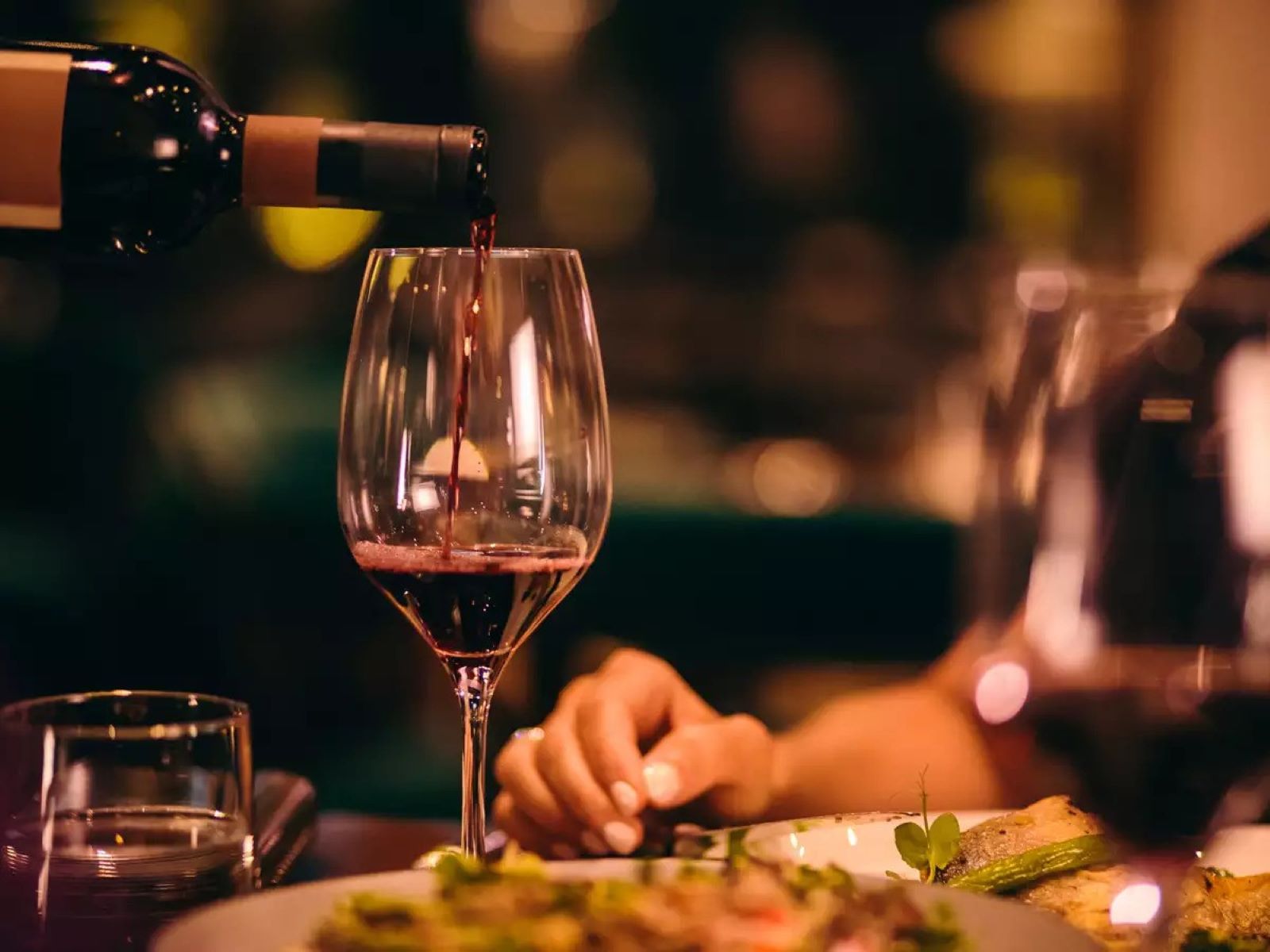

Interior Design Trends
How Many Grams Of Alcohol In A Glass Of Wine
Published: February 4, 2024
Discover the latest interior design trends and get inspired. Learn how to incorporate the most stylish elements into your home. Explore now!
(Many of the links in this article redirect to a specific reviewed product. Your purchase of these products through affiliate links helps to generate commission for Storables.com, at no extra cost. Learn more)
Introduction
Wine has been an integral part of human culture for centuries, celebrated for its diverse flavors, aromas, and the social experiences it fosters. Beyond its sensory pleasures, wine also holds a complex chemical composition that includes alcohol, a key component that contributes to its intoxicating effects. Understanding the alcohol content in wine, particularly in terms of grams, is essential for both connoisseurs and those mindful of their alcohol intake.
In this article, we will delve into the intricacies of alcohol content in wine, exploring the factors that influence it and providing insights into calculating the grams of alcohol in a glass of wine. Whether you're a wine enthusiast seeking a deeper understanding of your favorite beverage or someone curious about the science behind wine, this exploration will shed light on the often overlooked aspect of wine appreciation.
As we embark on this journey, it's important to recognize that the alcohol content in wine not only impacts its flavor profile but also plays a significant role in its physiological effects. By unraveling the mysteries of alcohol content in wine, we can gain a more holistic appreciation of this timeless libation and make informed choices about consumption.
So, let's raise our metaphorical glasses and embark on a voyage through the vineyards and laboratories, where the magic of winemaking and the science of alcohol content converge to create the liquid poetry we know as wine. Join us as we uncork the secrets of alcohol in wine and discover the fascinating interplay of chemistry, culture, and conviviality that defines this beloved elixir.
Key Takeaways:
- Understanding alcohol content in wine is crucial for enjoying its diverse flavors. Factors like grape variety, climate, and fermentation impact alcohol levels, enriching the tasting experience.
- Calculating the grams of alcohol in a glass of wine involves simple arithmetic. This knowledge empowers responsible and mindful drinking, adding a new dimension to wine appreciation.
Read more: How Many Grams Of Sugar Is A Glass Of Wine
Understanding Alcohol Content in Wine
Alcohol content is a defining characteristic of wine, influencing its flavor, body, and overall drinking experience. It is typically expressed as a percentage, representing the proportion of alcohol by volume in the wine. Understanding this fundamental aspect is crucial for both casual enthusiasts and serious oenophiles.
The alcohol content in wine is primarily derived from the fermentation process, during which yeast converts the natural sugars in grapes into alcohol and carbon dioxide. This transformation, known as alcoholic fermentation, is a pivotal stage in winemaking and significantly impacts the final product's character.
The alcohol by volume (ABV) percentage in wine can vary considerably, ranging from light and crisp wines with lower alcohol content, such as German Rieslings, to robust and full-bodied varieties with higher ABV, such as California Zinfandels. This diversity in alcohol content contributes to the vast array of wine styles available to consumers, catering to different preferences and occasions.
In general, white wines tend to have a slightly lower alcohol content compared to red wines, reflecting the differences in grape varieties, fermentation techniques, and aging processes. Additionally, the region where the grapes are grown can also influence alcohol levels, as environmental factors like climate and soil composition impact the sugar content in the grapes, which in turn affects the potential alcohol in the resulting wine.
Furthermore, the winemaker's decisions, such as the timing of grape harvest and the use of specific yeast strains, can directly impact the alcohol content in the finished wine. These nuanced choices reflect the artistry and expertise of winemakers, shaping the sensory profile of the wine and contributing to its overall appeal.
Understanding the alcohol content in wine goes beyond mere numerical values; it is an integral part of appreciating the intricate interplay of flavors, aromas, and textures that define each wine. Whether savoring a delicate Pinot Noir or indulging in a bold Cabernet Sauvignon, being mindful of the alcohol content enriches the tasting experience, allowing for a deeper connection with the craftsmanship and artistry encapsulated in every bottle.
In essence, comprehending the alcohol content in wine is akin to deciphering a vital piece of its narrative, unraveling the story of its origins, evolution, and ultimate expression. It is a gateway to unlocking the nuances and complexities that make wine a timeless companion to moments of joy, contemplation, and celebration.
Factors Affecting Alcohol Content in Wine
The alcohol content in wine is subject to a myriad of factors, each playing a pivotal role in shaping the final ABV percentage found in a bottle. Understanding these influences provides valuable insights into the diverse world of winemaking and the nuanced characteristics of different wine styles.
-
Grape Variety: The type of grape used in winemaking significantly impacts the alcohol content of the resulting wine. Certain grape varieties naturally contain higher levels of sugars, which, when fermented, yield wines with elevated alcohol content. For example, the thick-skinned Cabernet Sauvignon and Syrah grapes often produce wines with higher ABV due to their inherent sugar concentration.
-
Climate and Terroir: The environmental conditions in which grapes are cultivated, commonly referred to as terroir, exert a profound influence on alcohol levels in wine. Warmer climates tend to foster grapes with higher sugar content, leading to wines with increased alcohol levels. Conversely, cooler regions may yield grapes with lower sugar levels, resulting in wines with comparatively lower ABV.
-
Harvest Timing: The timing of grape harvest is a critical determinant of alcohol content in wine. Winemakers strategically choose when to harvest based on the desired sugar levels in the grapes. Opting for a later harvest can result in riper, sweeter grapes with higher sugar content, ultimately contributing to a higher alcohol percentage in the finished wine.
-
Fermentation Conditions: The fermentation process, particularly the duration and temperature at which it occurs, directly impacts alcohol content. Longer fermentation periods and higher temperatures can facilitate more extensive sugar conversion to alcohol, leading to wines with elevated ABV. Conversely, shorter or cooler fermentations may yield wines with lower alcohol levels.
-
Winemaking Techniques: Various winemaking practices, such as chaptalization (the addition of sugar before fermentation) and the use of specific yeast strains, offer winemakers the means to influence alcohol content. These techniques allow for adjustments to the sugar-alcohol balance, enabling the creation of wines with targeted ABV levels to align with stylistic preferences.
-
Blending: In the case of blended wines, the combination of different grape varieties with varying sugar levels can directly impact the overall alcohol content. Winemakers adeptly blend wines to achieve a harmonious balance of flavors and textures, with alcohol content being a crucial consideration in the final blend.
Understanding these multifaceted factors provides a deeper appreciation for the intricate interplay of nature, science, and artistry that defines the world of wine. It underscores the dynamic nature of winemaking, where each decision and environmental influence contributes to the nuanced expression of alcohol content in every bottle.
A standard 5 oz glass of wine contains about 12% alcohol by volume, which is equivalent to 14 grams of alcohol. Be mindful of your alcohol consumption for your health and safety.
How to Calculate the Grams of Alcohol in a Glass of Wine
Calculating the grams of alcohol in a glass of wine involves a straightforward yet insightful process that provides valuable insights into the beverage's composition. By understanding this calculation, wine enthusiasts and professionals alike can gain a deeper appreciation for the quantitative aspects of wine consumption.
To begin, the alcohol by volume (ABV) percentage of the wine must be determined. This information is typically found on the wine label and represents the proportion of alcohol present in the wine as a percentage of the total volume. For instance, a wine labeled as 12% ABV contains 12 grams of alcohol per 100 milliliters of wine.
Once the ABV percentage is known, calculating the grams of alcohol in a specific volume of wine becomes a matter of simple arithmetic. The formula for this calculation is as follows:
Grams of Alcohol = (Volume of Wine in milliliters) × (ABV %) × 0.789
In this formula, the volume of wine is expressed in milliliters, the ABV percentage is used as a decimal (e.g., 12% ABV becomes 0.12), and 0.789 represents the density of alcohol, which is a constant value used for the conversion.
For example, if we have a 150-milliliter glass of wine with an ABV of 14%, the calculation would be as follows:
Grams of Alcohol = 150 × 0.14 × 0.789 = 16.59 grams
This result indicates that the 150-milliliter glass of wine contains approximately 16.59 grams of alcohol. Understanding the grams of alcohol in a specific serving size allows individuals to make informed decisions regarding their alcohol consumption and aligns with responsible drinking practices.
By delving into the process of calculating the grams of alcohol in a glass of wine, enthusiasts and professionals can develop a more comprehensive understanding of the quantitative aspects of wine appreciation. This knowledge not only enriches the tasting experience but also fosters a deeper connection with the scientific and mathematical dimensions of this timeless libation.
Conclusion
In conclusion, the intricate world of wine, with its diverse array of flavors, aromas, and cultural significance, is undeniably enriched by a nuanced understanding of alcohol content. From the sun-kissed vineyards to the meticulous craftsmanship of winemakers, the journey of alcohol in wine is a captivating tale of nature, science, and artistry.
By unraveling the factors that influence alcohol content in wine, we gain a profound appreciation for the dynamic interplay of grape varieties, terroir, and winemaking techniques. The delicate balance of these elements shapes the alcohol levels in wine, giving rise to an astonishing spectrum of styles and expressions that captivate the senses and ignite the imagination.
Moreover, the ability to calculate the grams of alcohol in a glass of wine provides a tangible connection to the quantitative aspects of wine consumption. This knowledge empowers individuals to make informed choices about their alcohol intake, fostering a culture of responsible and mindful drinking.
As we raise our glasses to savor the complexities of a fine wine, let us also raise our awareness of the alcohol it contains. Embracing the science behind the ABV percentage and the grams of alcohol in each pour adds a new dimension to the appreciation of wine, elevating it from a mere beverage to a captivating blend of chemistry, culture, and conviviality.
In essence, the journey through the vineyards and laboratories, where the magic of winemaking and the science of alcohol content converge, offers a deeper understanding of the liquid poetry we know as wine. It is a journey that transcends the sensory pleasures and delves into the very essence of this timeless elixir, enriching our experiences and fostering a profound connection with a beverage that has stood the test of time.
So, as we embark on future wine-tasting adventures, let us carry with us the knowledge of alcohol content, not as a mere statistic, but as a key to unlocking the stories and secrets hidden within each bottle. Let us toast to the harmony of flavors, the artistry of winemaking, and the enduring allure of wine, knowing that our understanding of alcohol content has added a new layer of depth to our appreciation of this timeless libation.
Frequently Asked Questions about How Many Grams Of Alcohol In A Glass Of Wine
Was this page helpful?
At Storables.com, we guarantee accurate and reliable information. Our content, validated by Expert Board Contributors, is crafted following stringent Editorial Policies. We're committed to providing you with well-researched, expert-backed insights for all your informational needs.
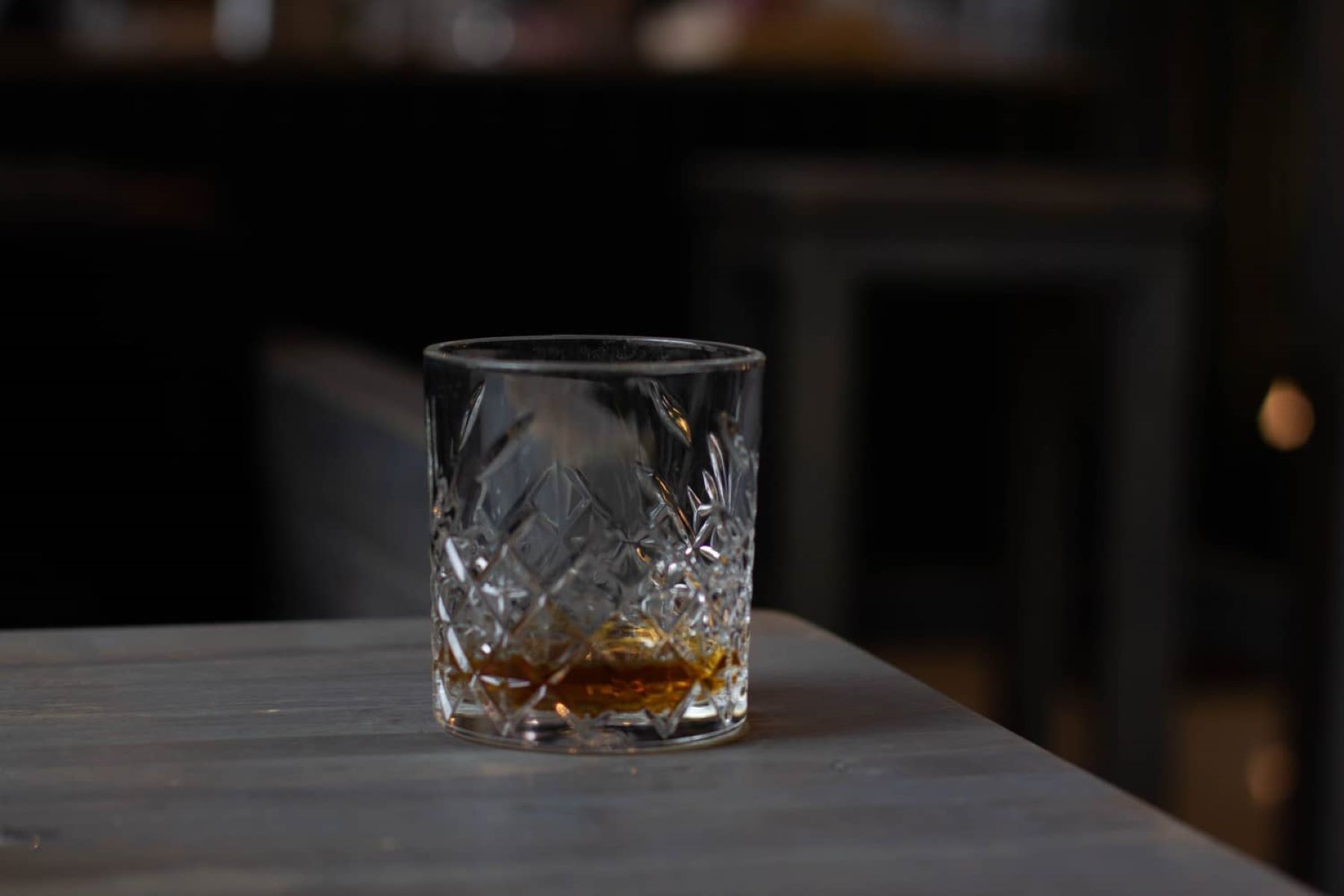
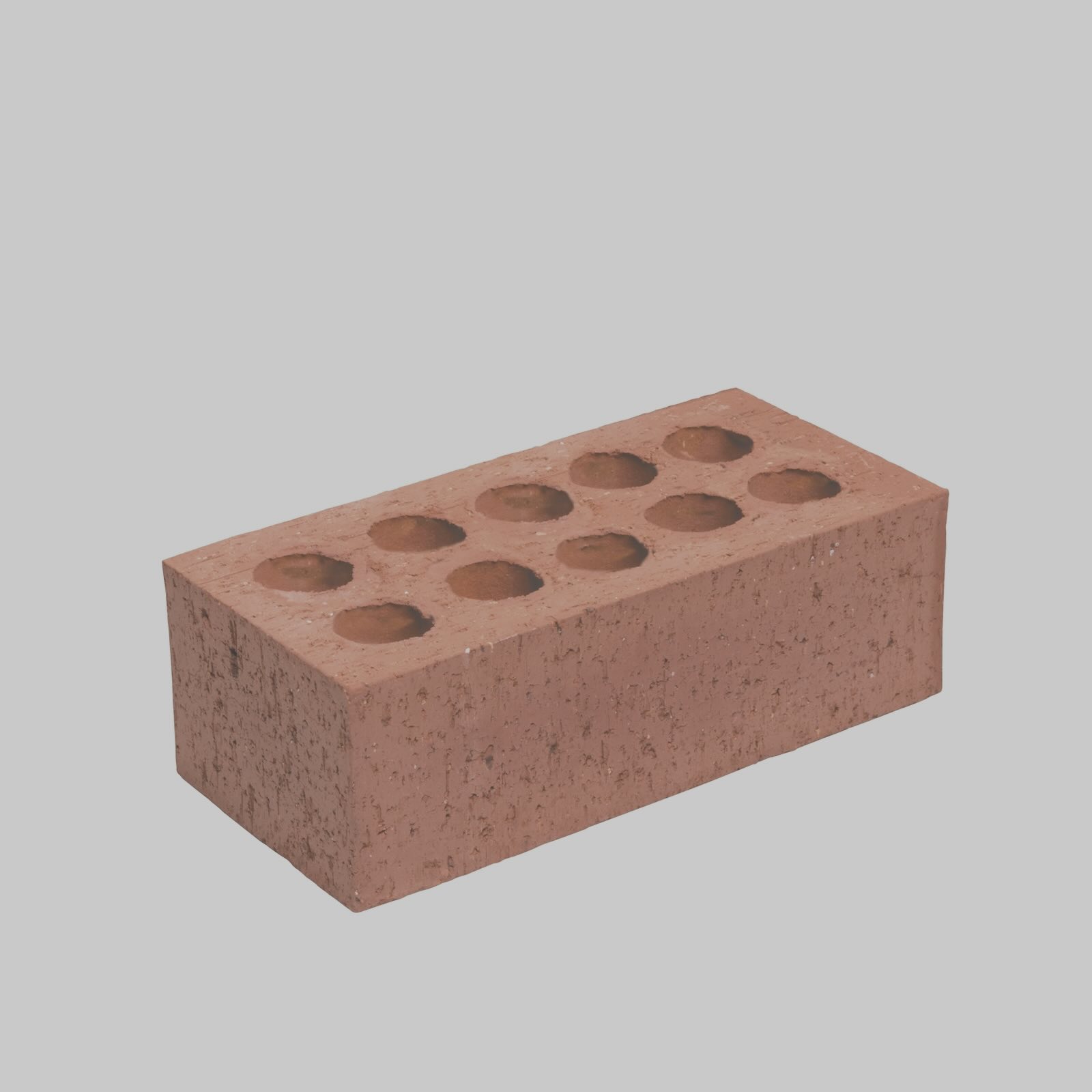
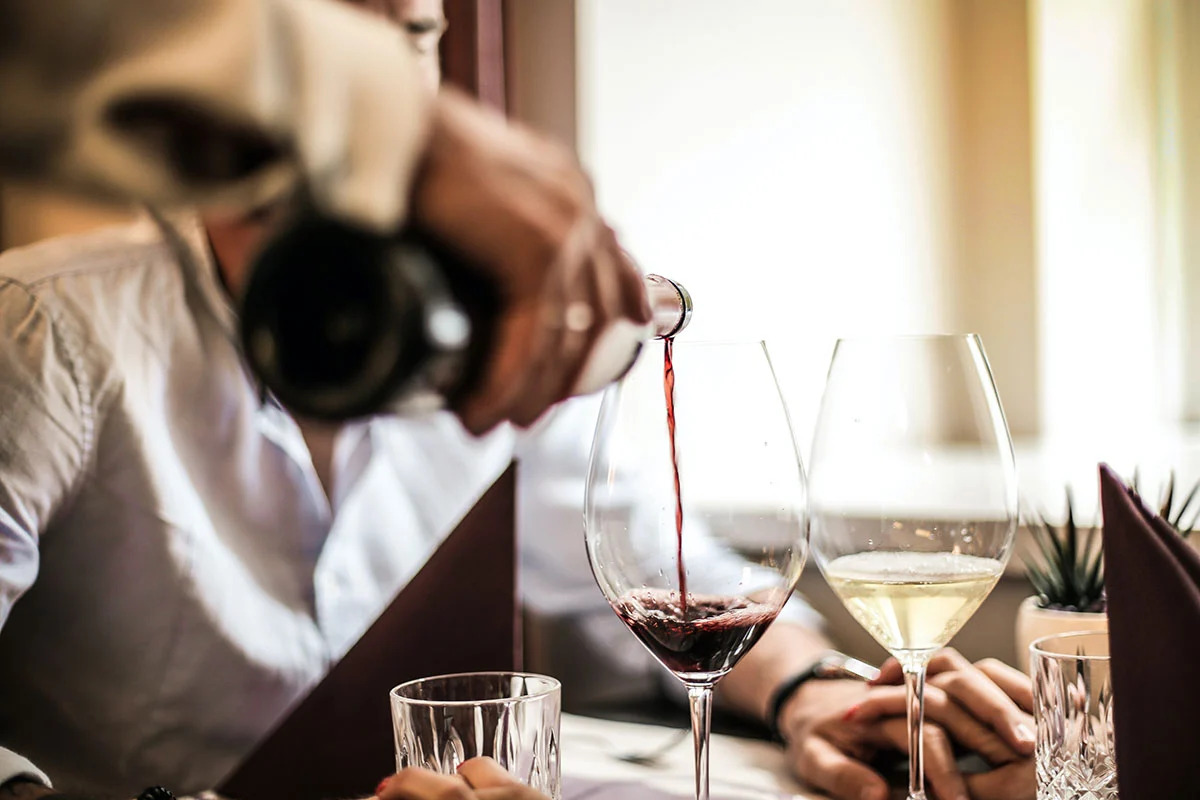
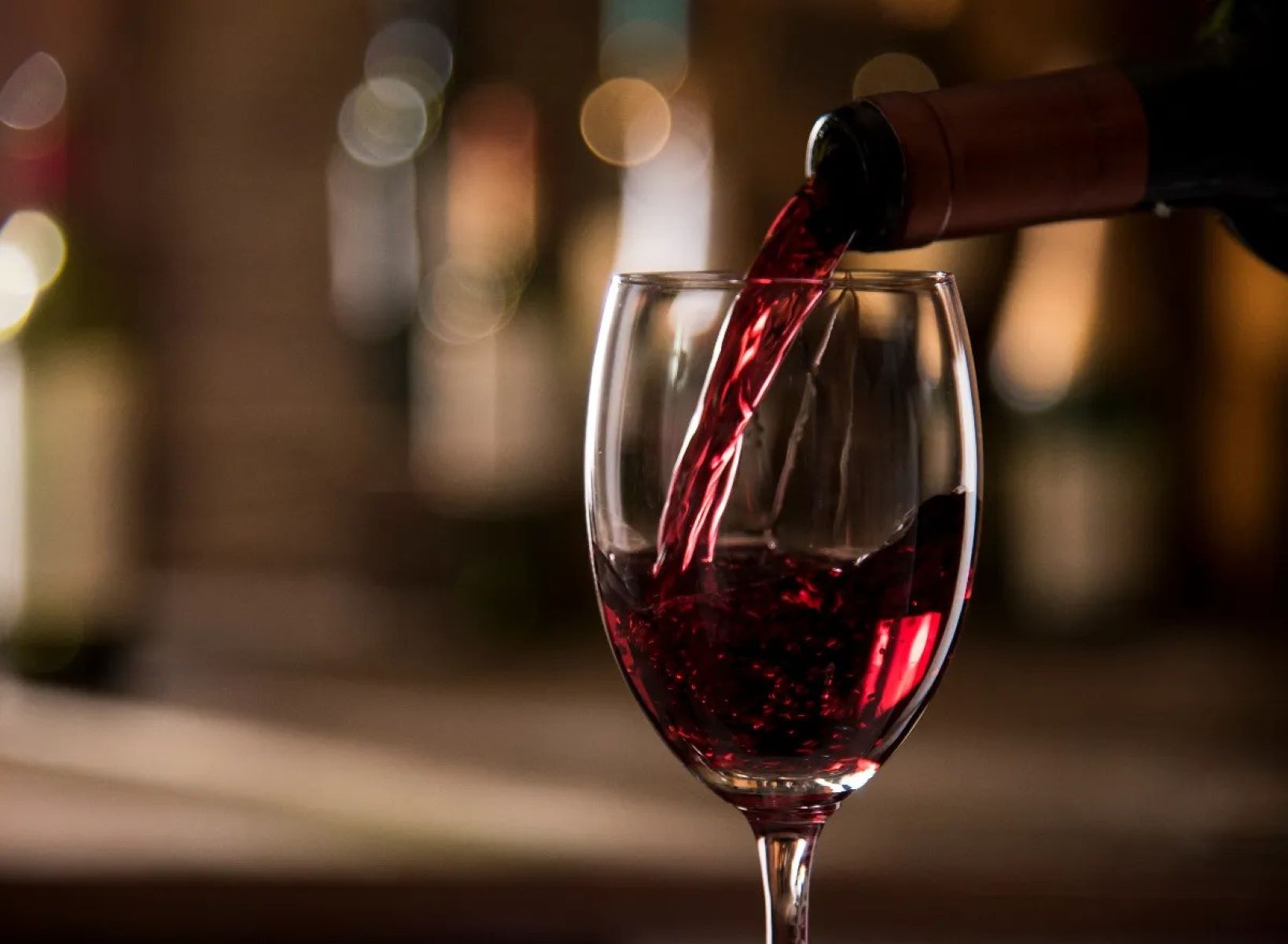
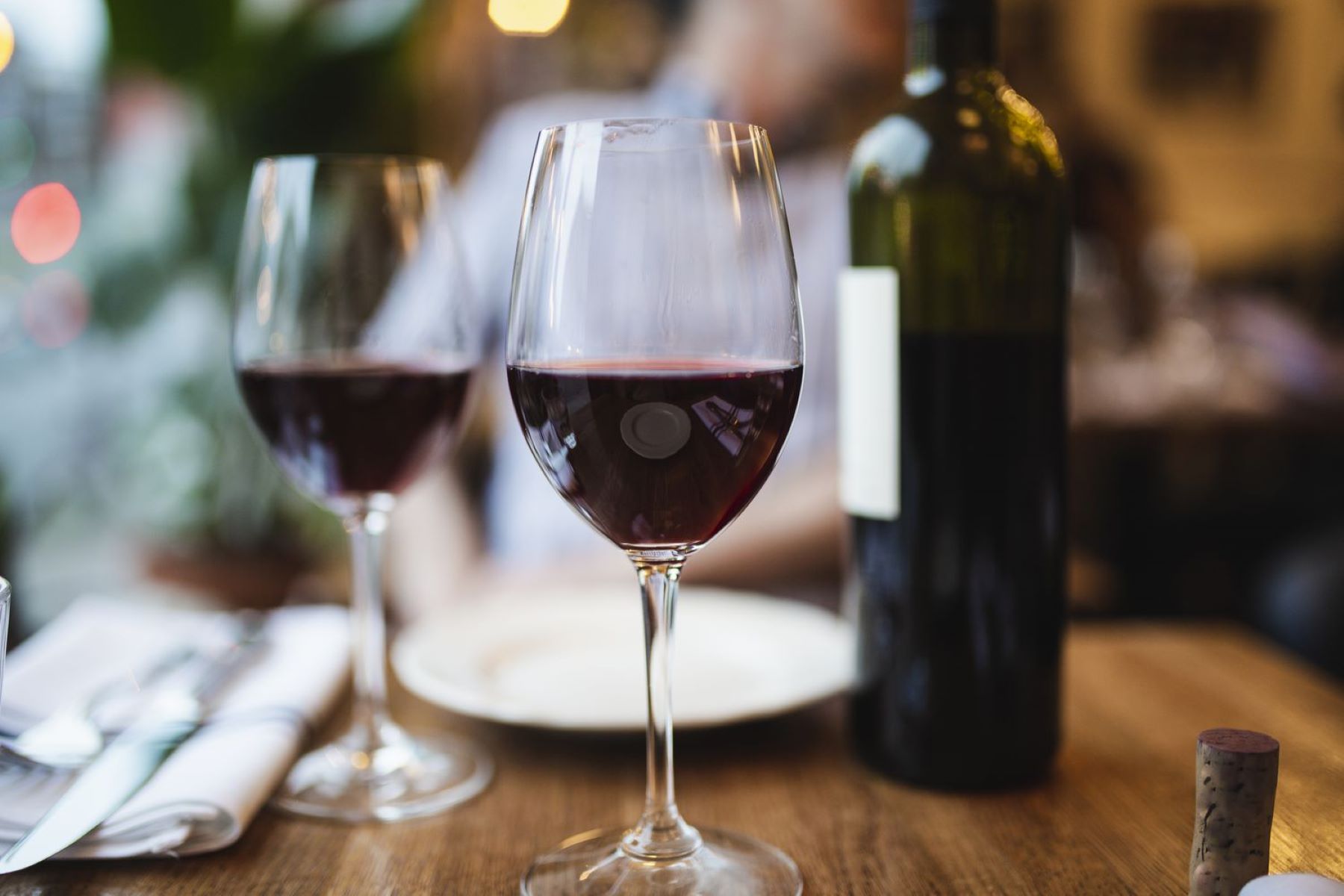
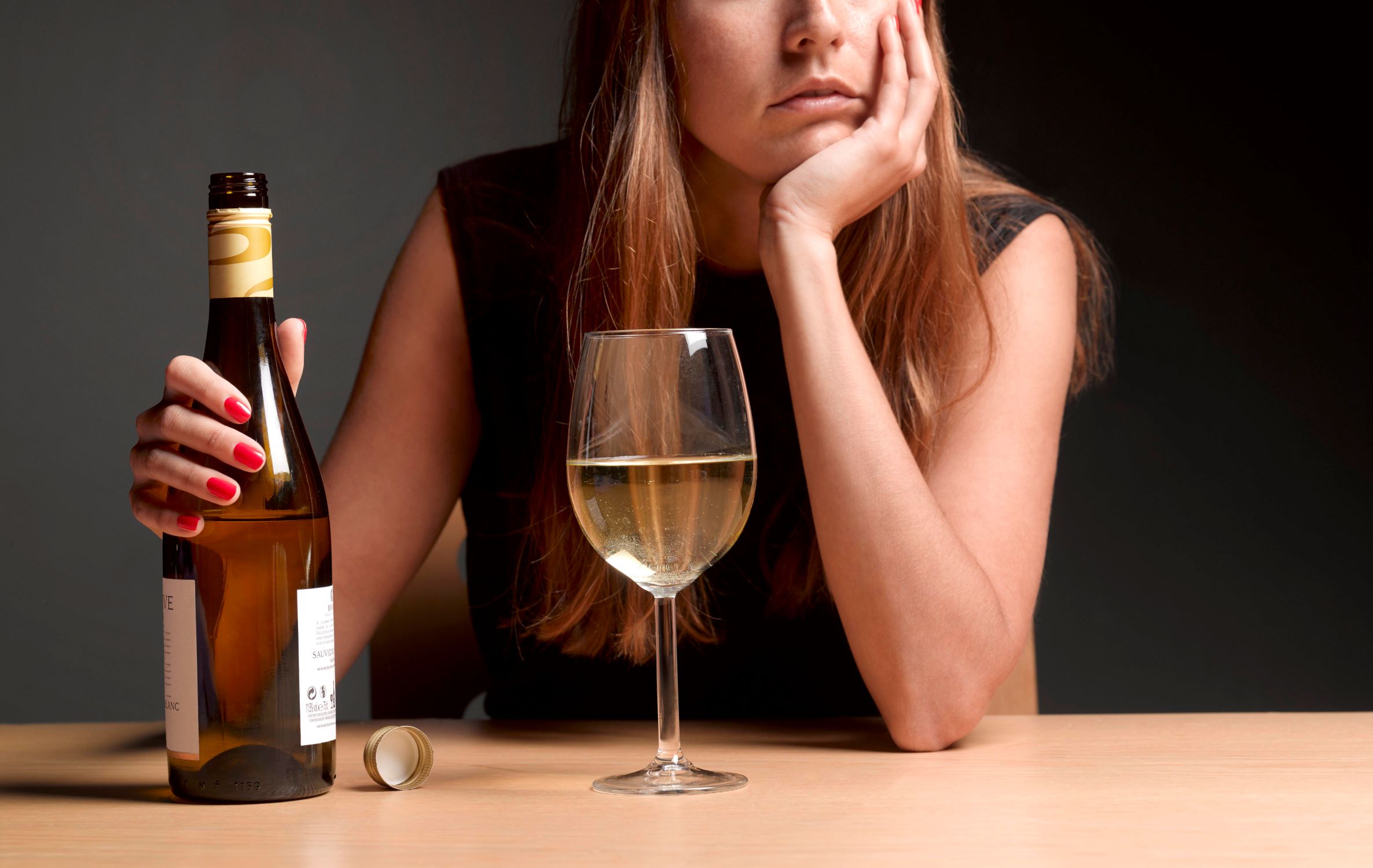
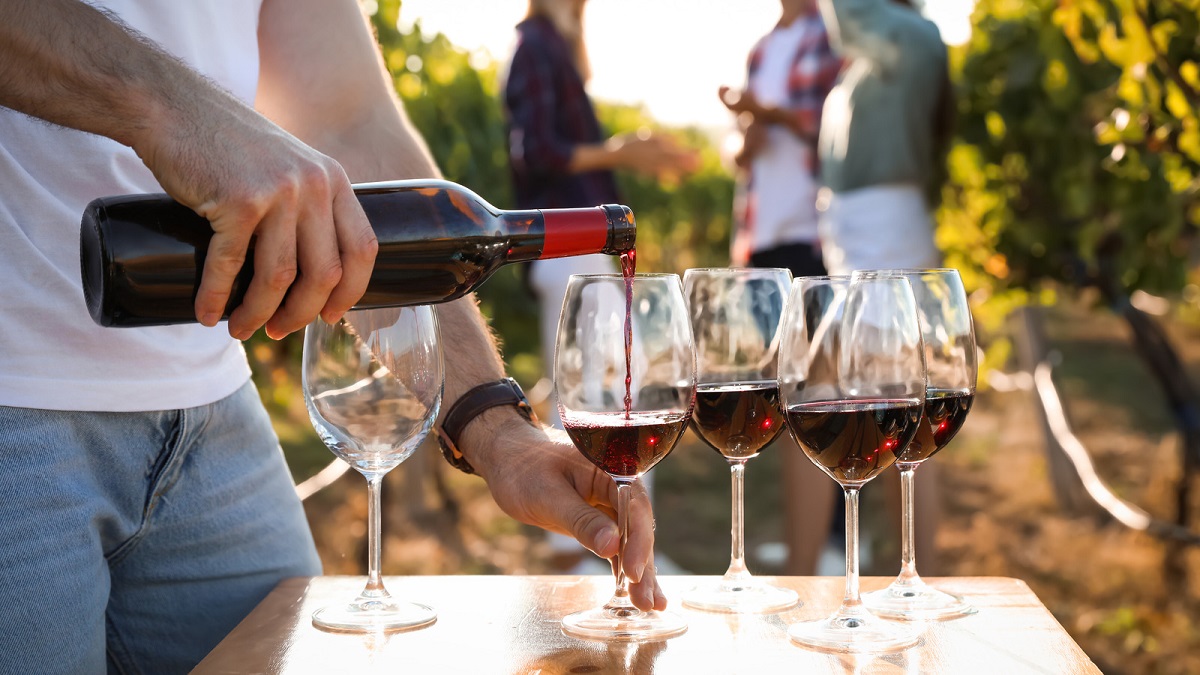
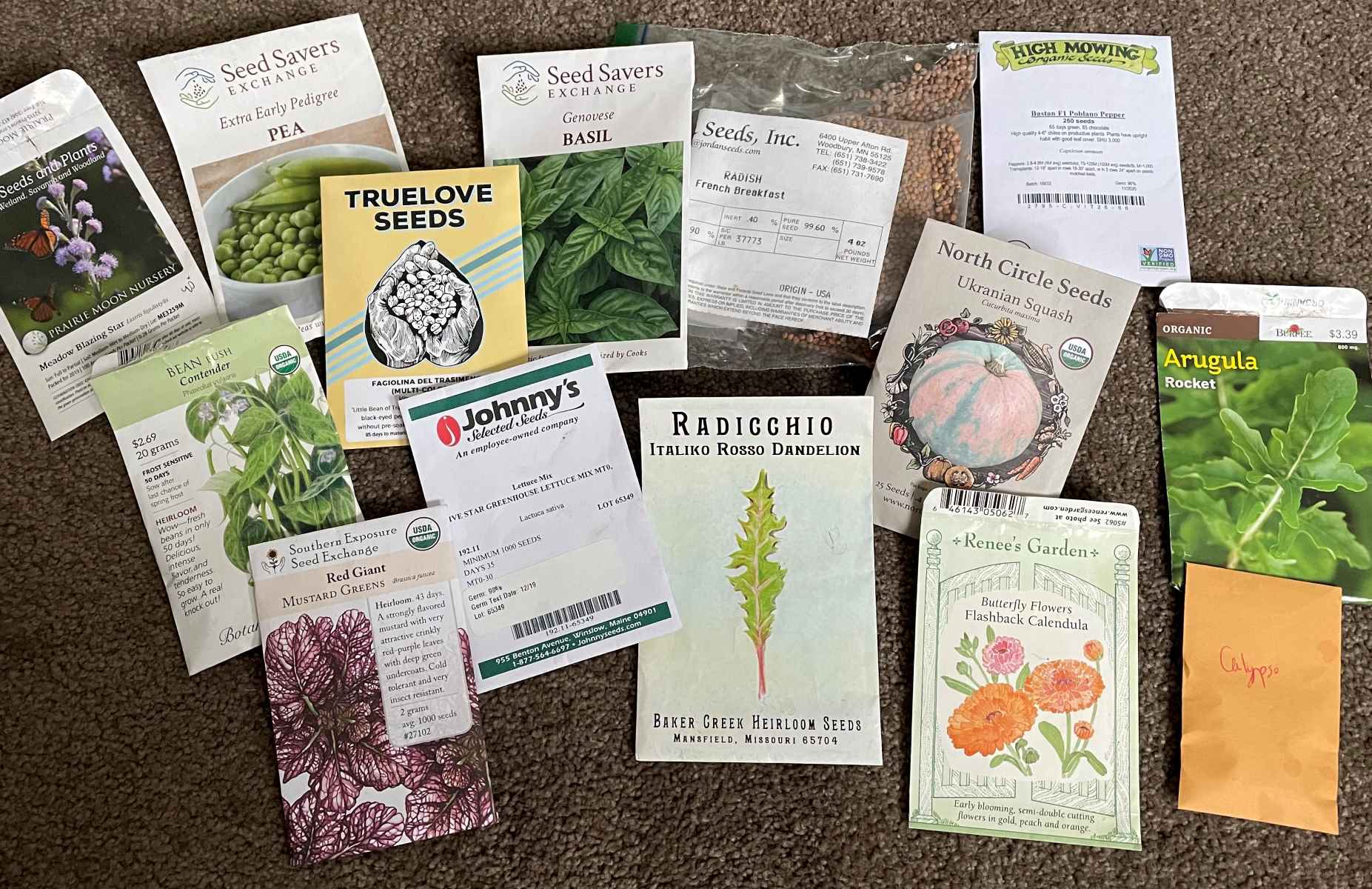
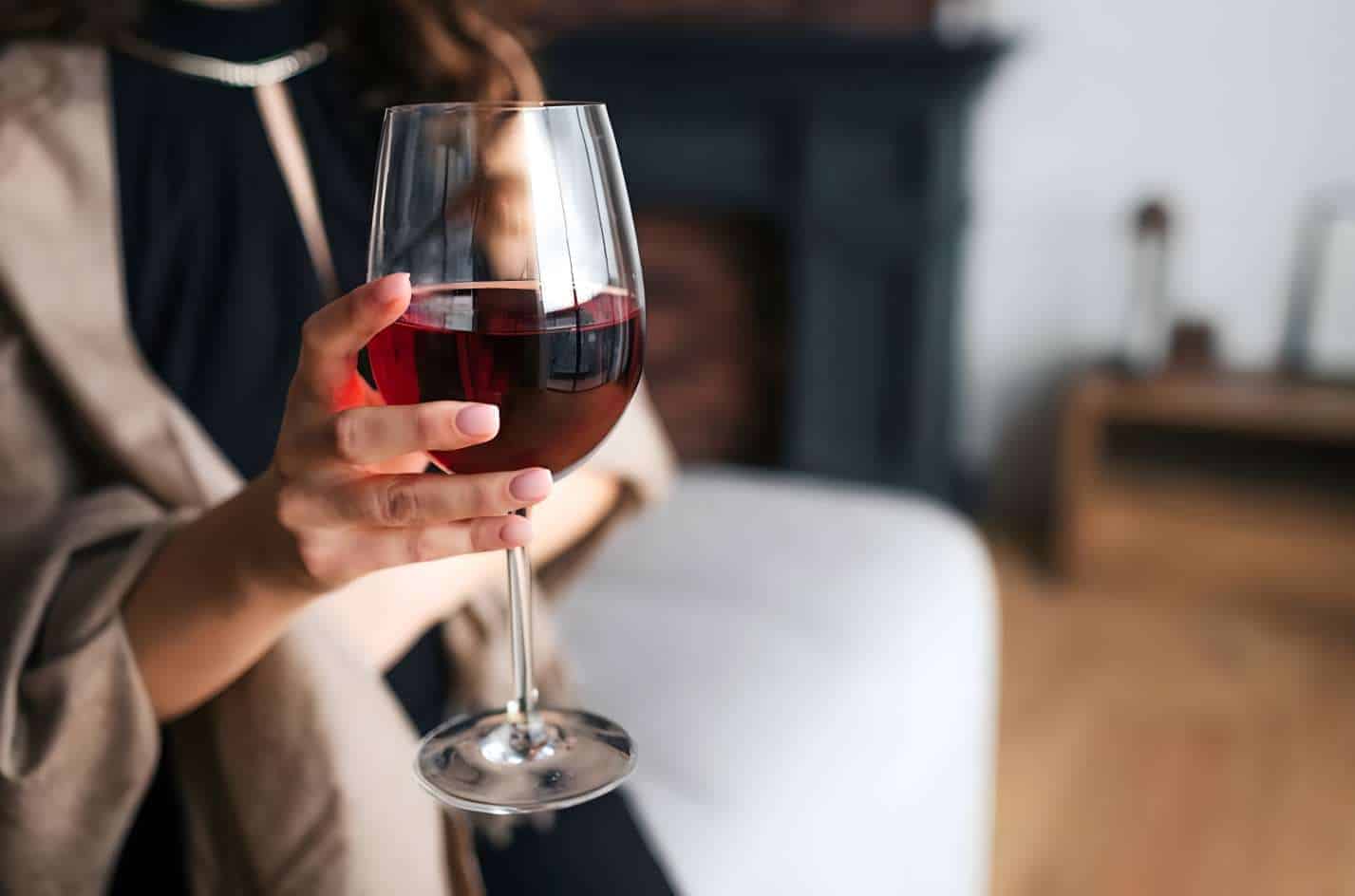
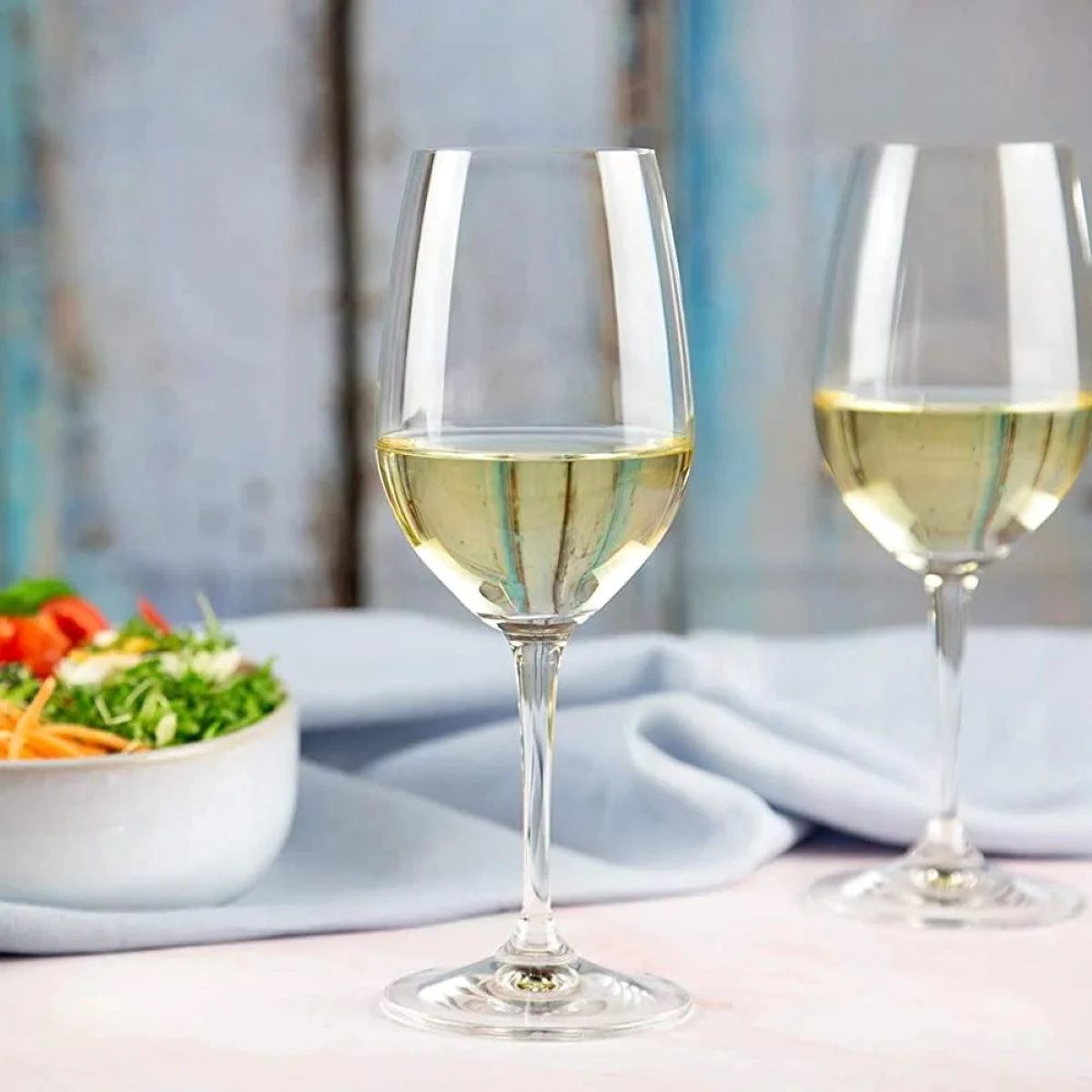
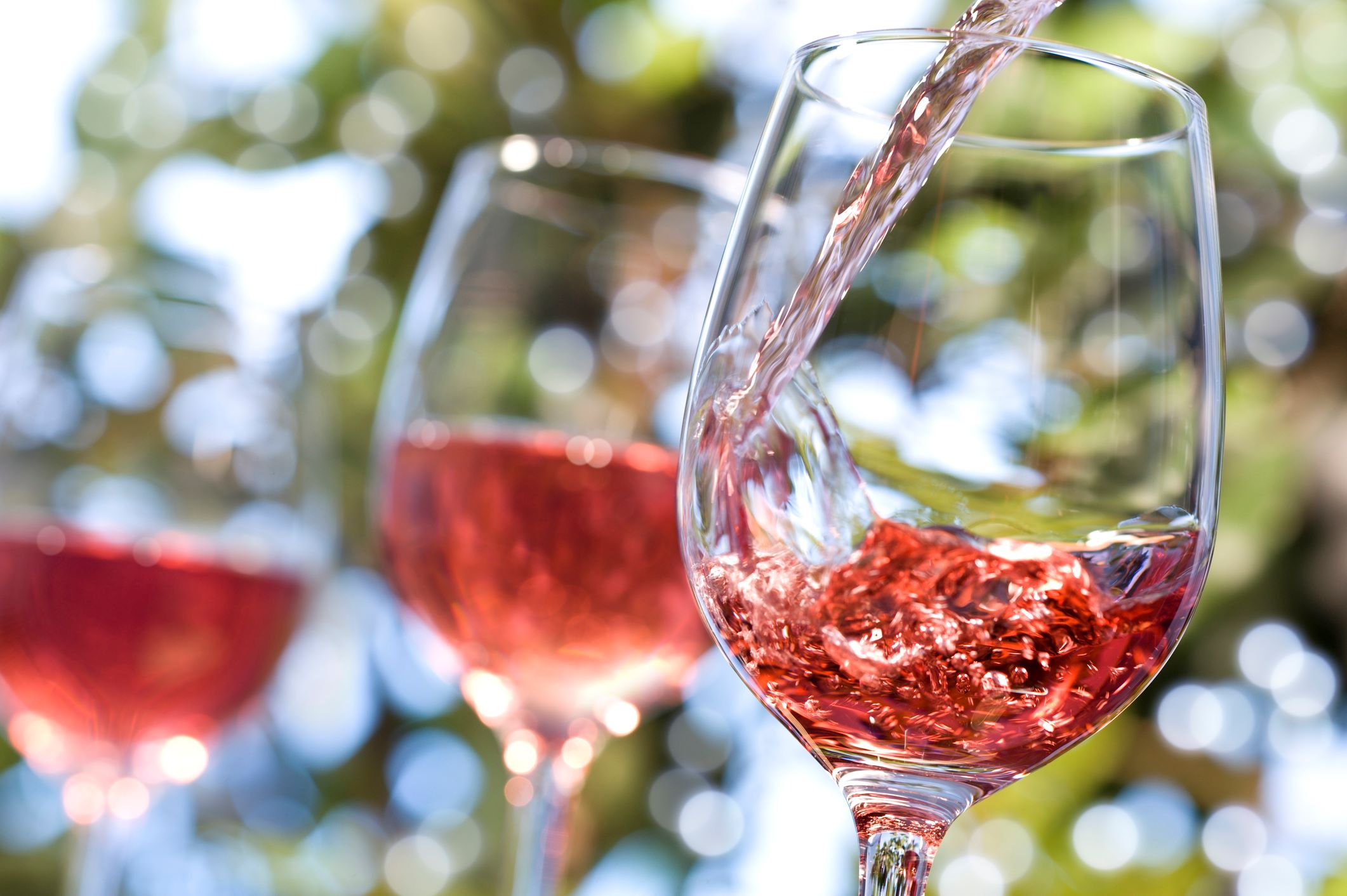
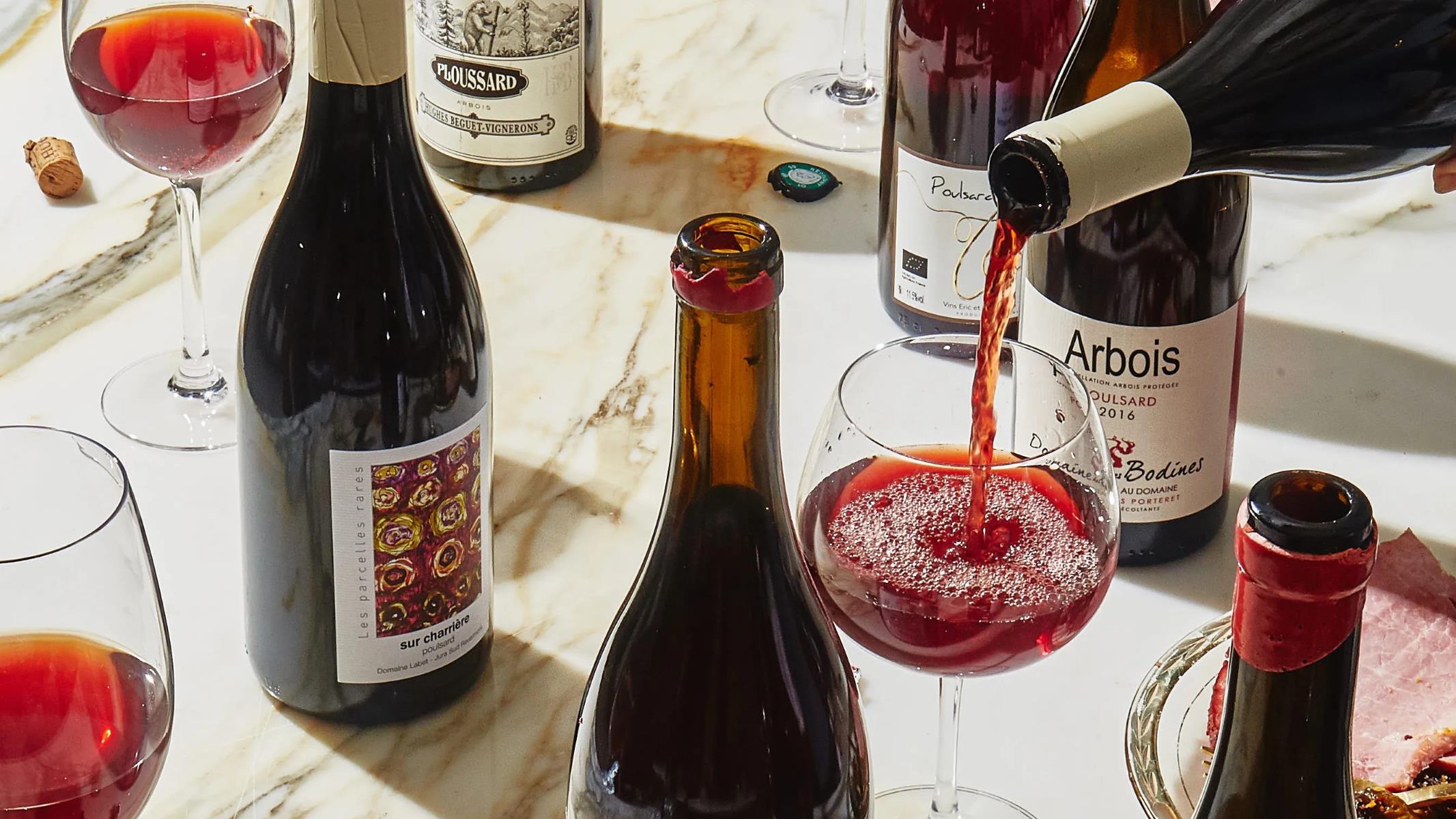
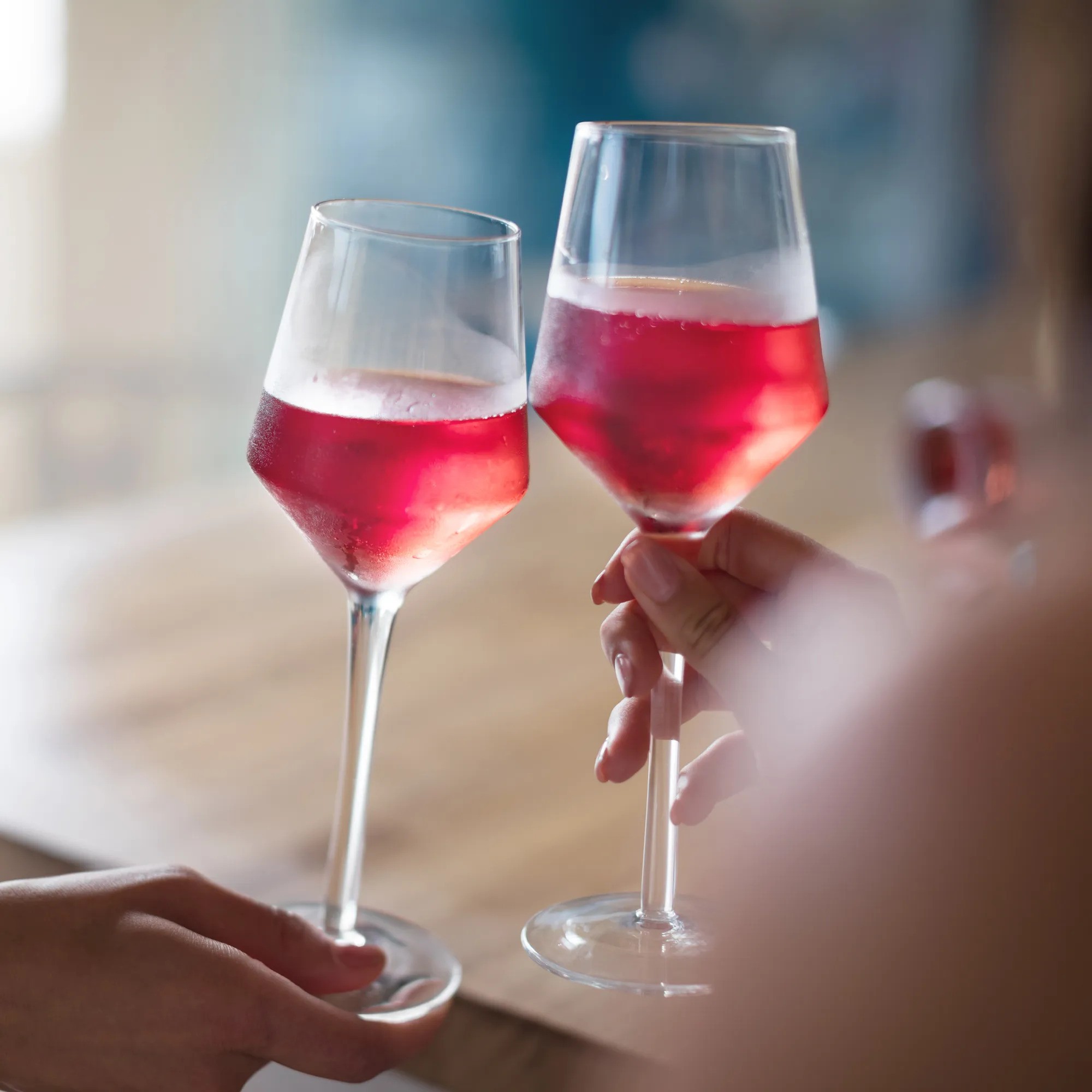
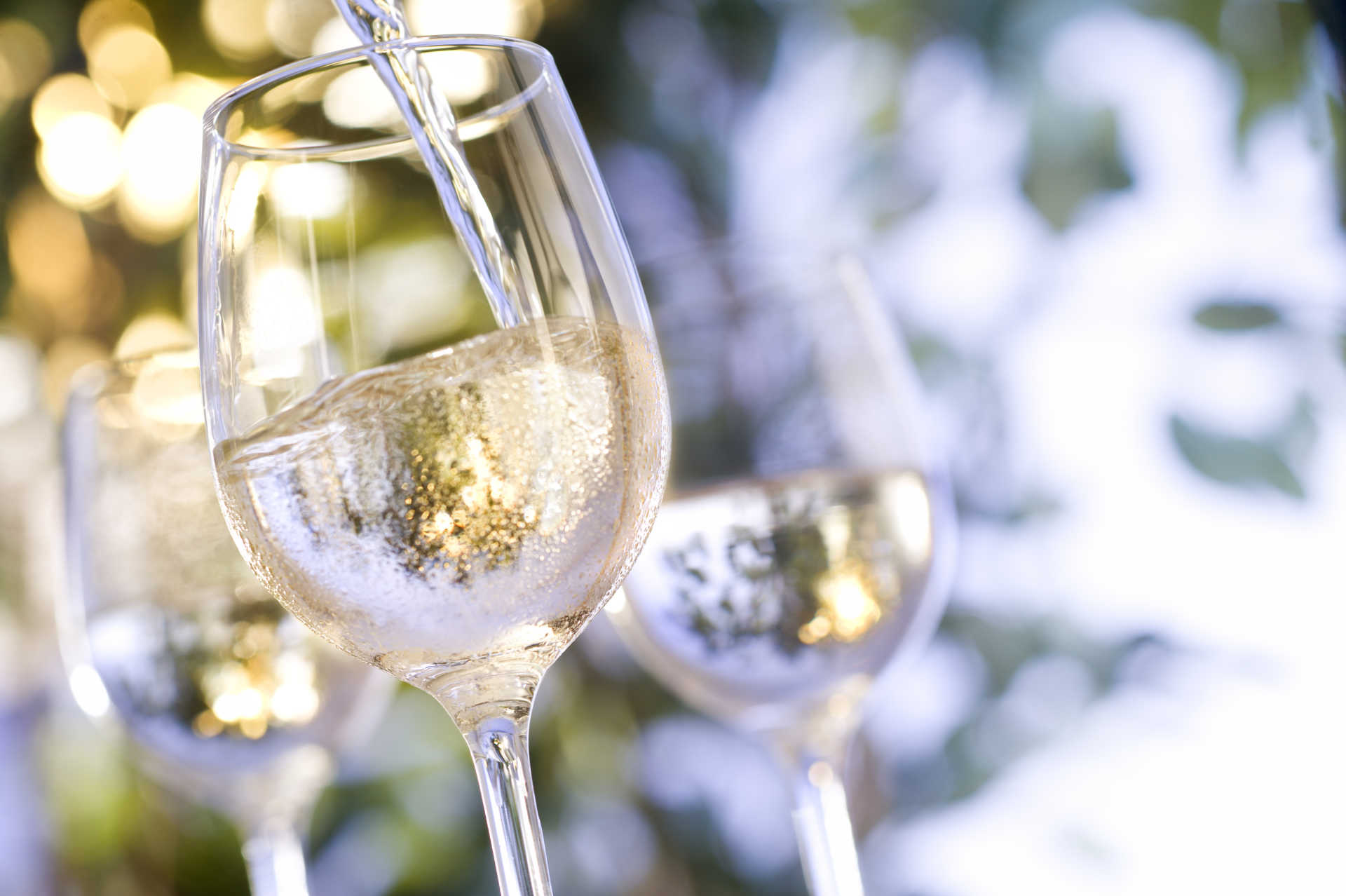
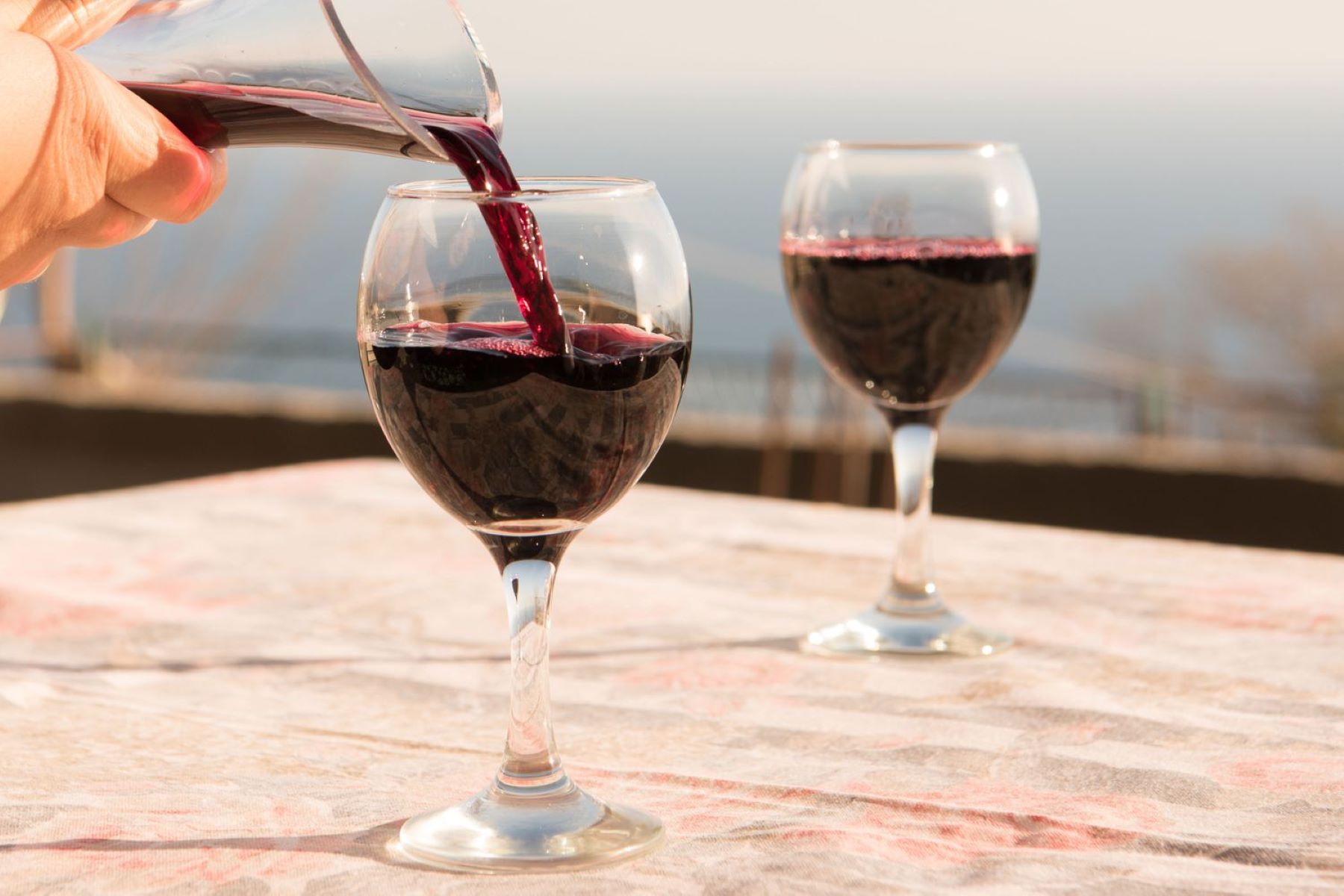

0 thoughts on “How Many Grams Of Alcohol In A Glass Of Wine”